
For more than ten years, Peadar Ó Guilín has been riveting readers with his fantasy and science fiction. His latest, The Invasion, hits American bookstores this week. To celebrate, I’m pleased to present his thoughts on the influence of Ireland’s landscape, as well as the challenges of using multiple points of view, while writing The Invasion’s thrilling predecessor, The Call. For a brief study of Ó Guilín’s writing, please click here.
~Landscape~
The Grey Land itself does as much as the Sídhe to trap the adolescents Called there. I could swear I caught a touch of Dante mixed among the Grey Land’s snares. True?
Absolutely true. Dante influences everything I write. In my first novel, The Inferior, I tried hard to model the world on that of The Divine Comedy. I even began the book with a quote from The Inferno and included a Dante Easter Egg in the middle of the story. It was way too obscure a reference, though. Not even the readers of the Italian translation got it.
However, while he has been a huge inspiration, my aim in The Call was the opposite of Dante’s. Rather than creating a system of perfect justice, I was trying to show the random nature of outcomes. Of awful things happening to the good and the bad alike.
The Sídhe surround Ireland in a mist no one can exit or enter. I tried to make my way through some impossible fog in Galway once, and gave up at the first pub I found. Did your inspiration for the fog come from myth or experience?
It probably came from watching too many cheap horror movies as a kid. We humans are often afraid of things we suspect are there but cannot properly see. This is why anything that cuts down the character’s vision gives readers the heebie-jeebies!
The windows between the Grey Land and the Many Colored Land are a particularly sadistic touch on your part. The lush vibrance of Ireland burns brightest in the windows than when we walk with Nessa and the other students at the survival college. Was the sparse allowance of setting details outside The Grey Land a conscious choice?
I created the Grey Land to be a hell. The Windows are there to make it so much worse. The Sídhe live in horror and pain, but any time they want, they can see those who ruined their lives enjoying the paradise that was stolen from them.
Meanwhile, the inhabitants of that paradise, rarely notice it.
“The Twisted Path” is one of my favorite bits of setting. Sensory details mesh around Nessa as well as in her, making us question our own senses. How did you strike upon this balance of mental and physical detail?
I was trying to imagine what it would be like to be in two completely different worlds at the same time. In reality, I suppose it would twist you inside out and kill you instantly. But what would it feel like if you could survive it? That was my thinking.
As a writer, do you see the Grey Land’s intrusion anywhere in your Ireland? Where does reality feel thinnest?
The most magical experiences I have occur when I am in the presence of a living wild animal that is going about its business as if I don’t exist.
~Point of View~
What process led you to utilize the p.o.v.s of students and teachers alike in telling The Call instead of using only Nessa’s perspective?
If you read books from the 70s and 80s, you will see a lot of jumping around from one character’s point of view to another’s. It can confuse the reader and jolt them out of the story, so over time, we have seen a shift to tight third person narratives. I myself prefer to stick with no more than one character per chapter.
However, a good, old-fashioned omniscient narrator can do so much more in far fewer words. The narrative voice of The Call provides the overall tone of the book. It is portentous, and wise and ironic — all things that the main character, Nessa, is not. If I stuck with her voice, the atmosphere would have been a very different one. Less like a dark fairy tale.
The page count would have doubled too, as I contorted the story structure in order to put her in a position to witness or hear about, every important event.
In a past interview you noted that Conor was a difficult character to write. Besides Nessa, which character was a joy to write from and why?
I loved Megan, of course, because she will say the sort of things I never would myself. Cahal was fun too, simply because his personality appeared out of nothing on the page as I was writing his Call.
I’m not going to ask for spoilers, but did you find a character in The Invasion to be as challenging as Conor? In what way?
There were several characters in The Invasion that caused me a lot of trouble. The Warden, Maurice, The Professor. The plot of the book relies on a great many moving parts that the characters need to slip into place with subtlety. They didn’t always want to cooperate.
On the other hand, I had great fun with Liz Sweeny.
One crime I’ve seen committed in young adult novels is the use of cardboard cutouts for second-string characters, lifeless save for the moment they flash for a plot point before fading into the story’s ether. (Don’t worry, you’ve committed no such crime.) Do you have any tips for other writers to help them carve out moments in the story to develop the crucial supporting cast?
I think you have included the answer in the question.
The key to a character’s solidity, is the effect they have on the world around them as they pass through it. Where were they before they appeared on the page? Where are they going after? What are the clues that show us that they existed before this? Somebody might have mentioned them, casually. Or cursed them. Or prayed for them. Maybe an item of clothing went missing that they are now wearing and that will turn up later on a battlefield.

Show me their footprints!
My deepest thanks to Peadar for sharing his time, experience, and beautiful photos of his homeland. The Call and The Invasion are both available online and in bookstores. Pick up your copies today!
*
*
*
*
*
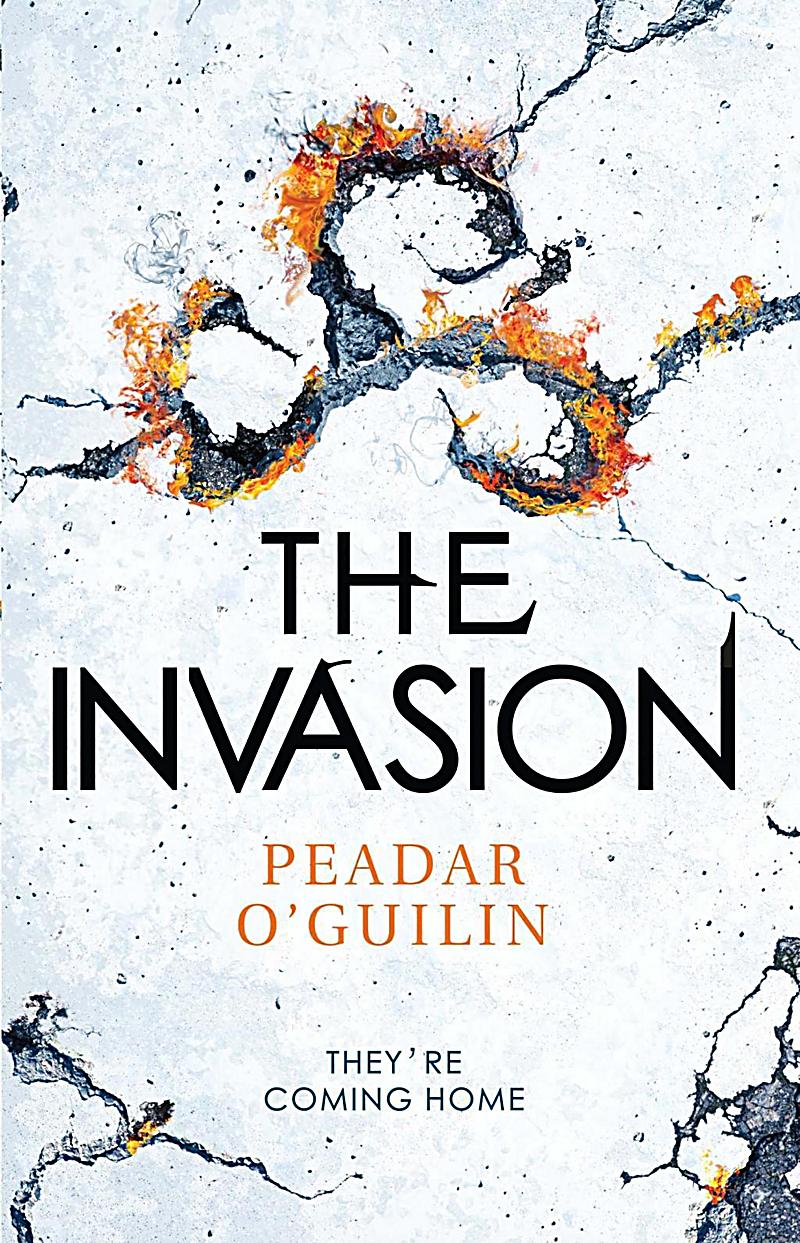
After so much danger, Nessa and Anto can finally dream of a happy life. But the terrible attack on their school has created a witch-hunt for traitors — boys and girls who survived the Call only by making deals with the enemy. To the authorities, Nessa’s guilt is obvious. Her punishment is to be sent back to the nightmare of the Grey Land for the rest of her life. The Sídhe are waiting, and they have a very special fate planned for her.
Meanwhile, with the help of a real traitor, the enemy come pouring into Ireland at the head of a terrifying army. Every human they capture becomes a weapon. Anto and the last students of his old school must find a way to strike a blow at the invaders before they lose their lives, or even worse, their minds. But with every moment Anto is confronted with more evidence of Nessa’s guilt.
For Nessa, the thought of seeing Anto again is the only thing keeping her alive. But if she escapes, and if she can find him, surely he is duty-bound to kill her…
Read on, share on, and write on, my friends!
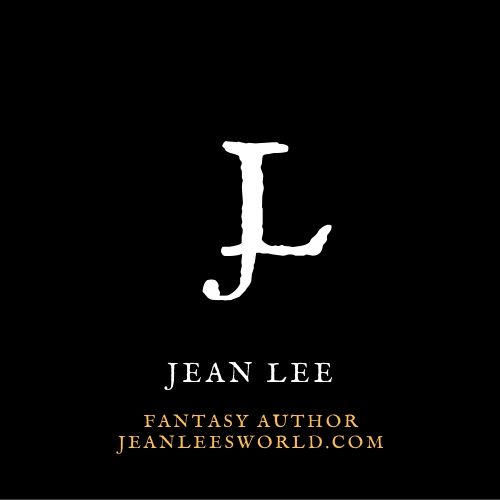

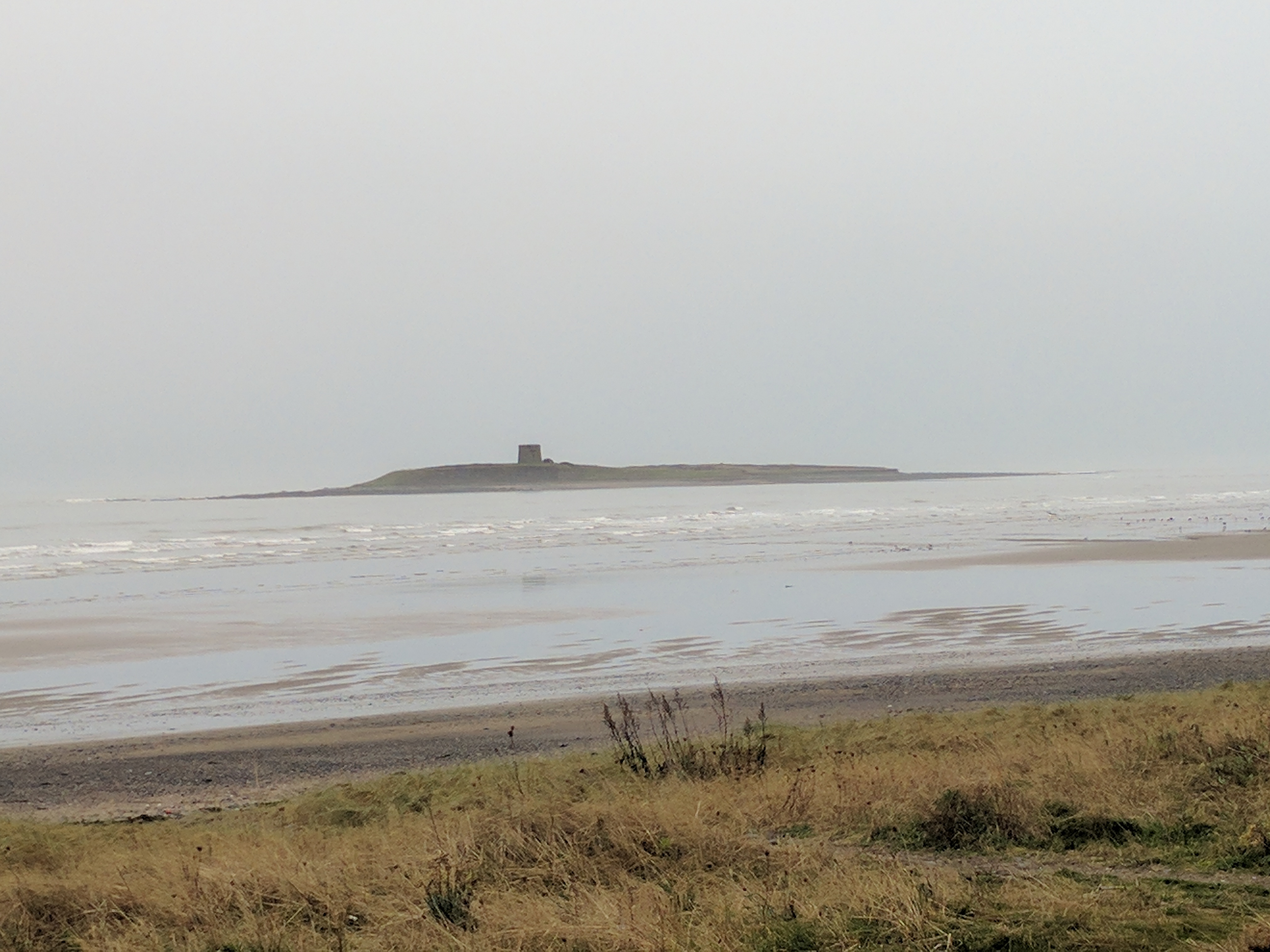


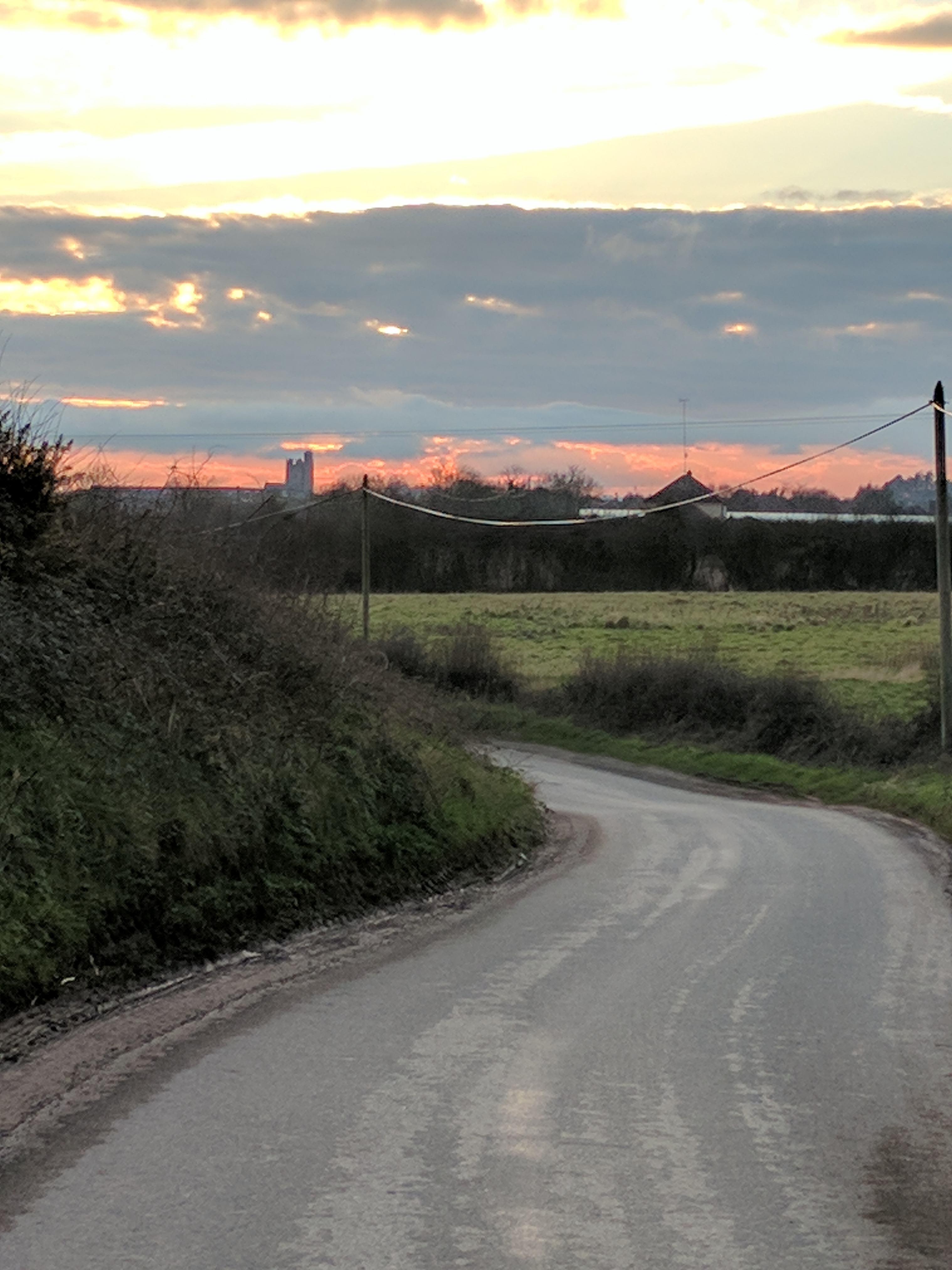


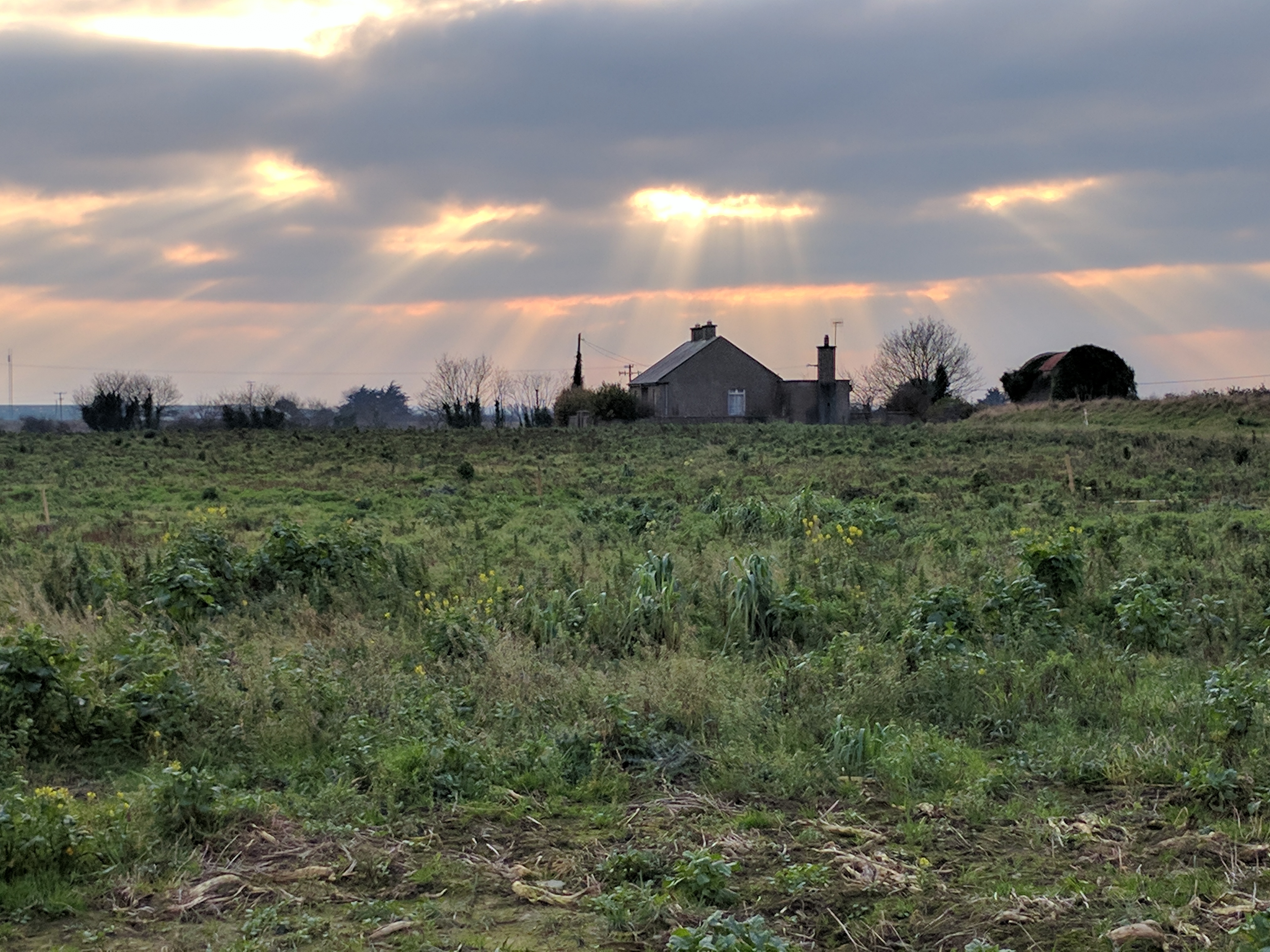
I so need to read these.
LikeLiked by 1 person
Oh yeah, you totally do. 🙂
LikeLike
If I substitute musical instruments for characters then the process of composing a melody is pretty close to that of writing. A lot of thoughts to think through here. Thanks for this one.
LikeLiked by 1 person
Most welcome, Friend! xxxxxx
LikeLike
Fascinating interview and especially to hear the author’s thinking behind aspects of the plot, characters and setting.
LikeLiked by 1 person
Thank you! It was quite the honor to speak with him. 🙂
LikeLiked by 1 person
Yes indeed.
LikeLiked by 1 person
Great interview. Especially about setting xxxxx
LikeLiked by 1 person
Thank you, Most Lovely Lady Shey xxxxxxxxxxxxxxxx
LikeLike
Great interview, enlightening!
LikeLiked by 1 person
(bows in gratitude)
LikeLike
Thank you for a fascinating interview, Jean. Lovely to hear the author discussing his decisions regarding viewpoint and setting…
LikeLiked by 1 person
Thank you so much! I was really excited to get the inner workings on two elements I dug so deeply in the book.
LikeLike
These books sound utterly compelling. ‘The Call’ is now on my TBR list.Thanks for this and a great interview.
LikeLiked by 1 person
You won’t regret it, I promise you. And thanks! 🙂
LikeLike
Pingback: Sunday Post – 1st April, 2018 | Brainfluff
What a revealing interview, and some lovely photos. I think I need to follow this up and track down The Call.
LikeLiked by 1 person
You totally should! I can’t recommend this book enough. 🙂
LikeLiked by 1 person
I thought the comment on vision and the impact of cutting using human traits like our tendency to fear what we can’t properly see, extremely insightful. Thank you!
LikeLiked by 1 person
Happy you enjoyed it!
LikeLiked by 1 person
Loved The Call! Great interview 🙂
LikeLiked by 1 person
Thank you! It was a lot of fun picking his brain. 😉
LikeLiked by 1 person
Pingback: My Self-Imposed #NaNoWriMo (Or, To Create in Bedlam II: Turbo.) | Jean Lee's World
Never come across him before. Going to definitely check him out. Loved the interview.
LikeLiked by 1 person
He’s neato 🙂
LikeLiked by 1 person